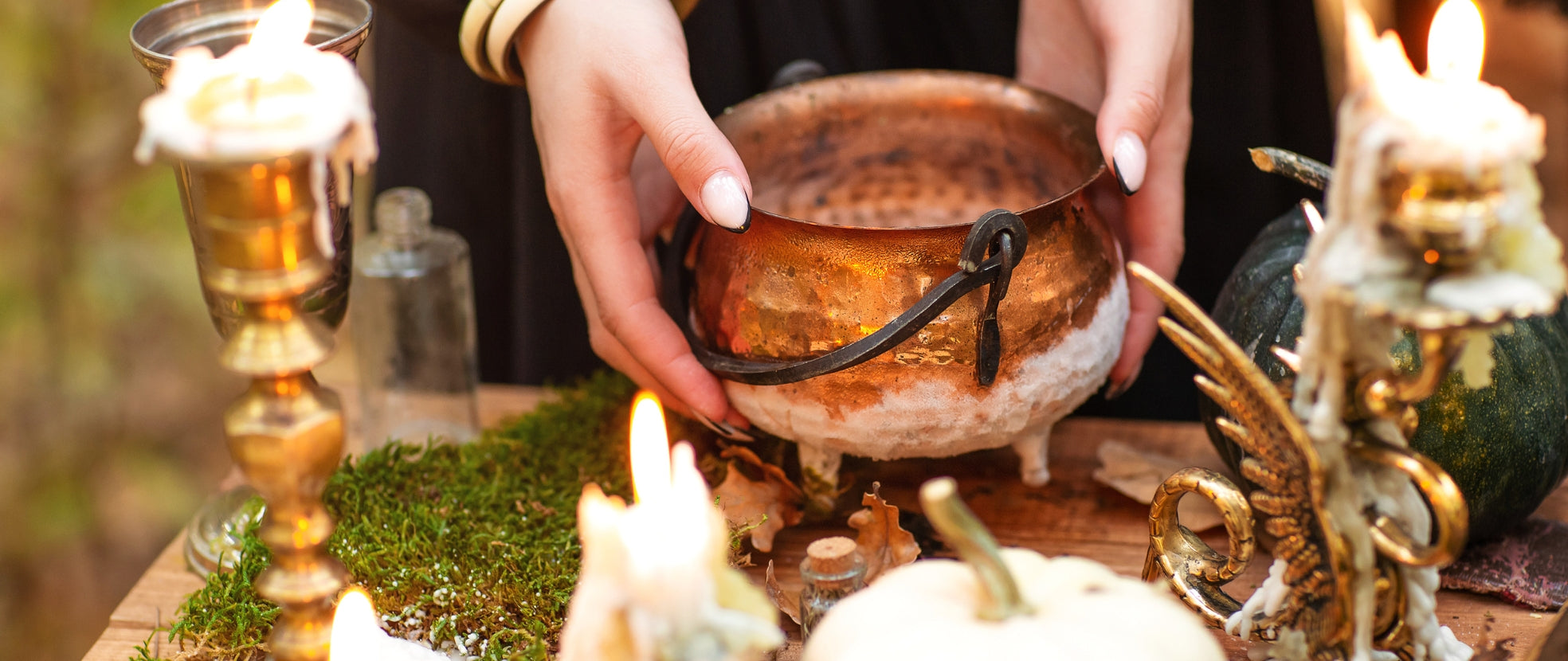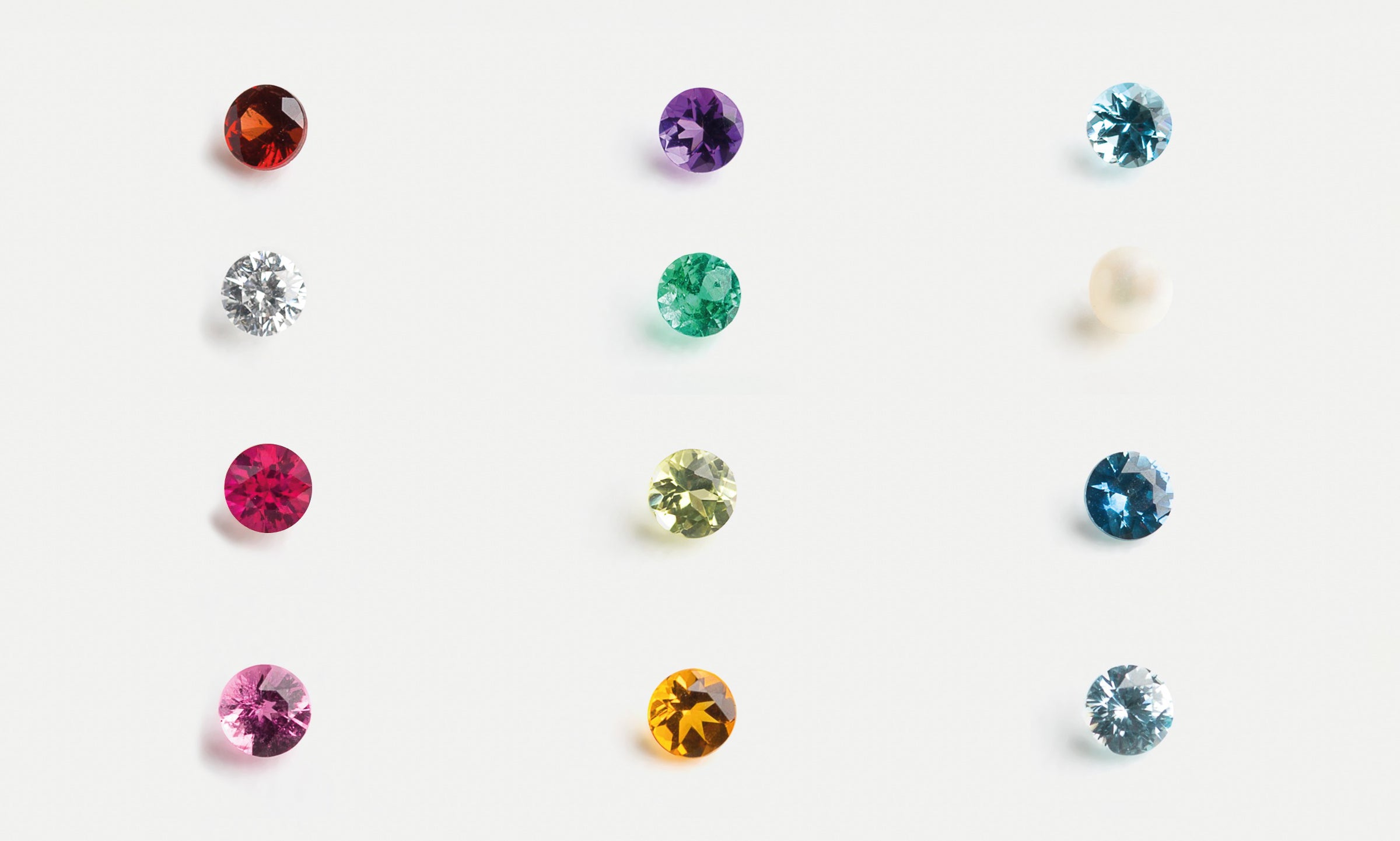Beryl is a stone with a transparent, translucent, and vitreous lustre. It consists of beryllium, rings of silicates, and aluminum metals. Beryl can be colourless but also coloured (depending on its impurities). The colours of the stone range in white, yellow, blue, red, and green. In Italian and Sanskrit, the meaning of Beryl is blue-green from the sea and light-green semi-precious gemstone. The most known deposit locations are in Russia, Brazil, Colombia, U.S.A., Pakistan, Madagascar, Sri Lanka, Norway, Sweden, Germany, and Austria.
The Physical Properties of Beryl
What determines Beryl's usefulness as a gemstone are its most important physical properties. Clarity and colour are quite important because Beryl comes in a wide range of colours, and some of them are very desirable. Many of the stones have a colour that can be changed or improved by heating. On the Mohs hardness scale, Beryl has a value of 7.5-8 (excellent durability). It is also brittle and breaks by cleavage “ when worn in jewelry, it resists scratches but is vulnerable to damage by pressure, impact, or temperature change. Beryl occurs as a crystal and can be identified by its hexagonal, prismatic form with lack of striations and flat terminations. In rare cases, it can display asterism (star-like effect) or chatoyancy (cat's eye effect). The varieties of Beryl include aquamarine, emerald, heliodor, Golden Beryl, Goshenite, morganite, and red Beryl.
The History of Beryl
Since there are many varieties of this precious gemstone, there are personal histories and stories related to all of them individually. The most valuable member of the Beryl family is certainly Emerald “ the first emerald mines (in recorded history) were the famous Cleopatra mines in upper Egypt. Their location became lost during one of the many times Egypt was overrun by conquerors and wasn't rediscovered until 1818. Then, the French scientist Cailliaud was sent by the Viceroy of Egypt to find them. According to some beliefs, the stones that came from these sources were the ones so revered by the Roman civilization.
The Lore of Beryl
In folklore, we can find many references to Beryl. It is said that the stone was used to ward off evil spirits and demons. Pliny the Elder (Roman naturalist, natural philosopher, and author) used powdered Beryl as a cure for eye injuries. It is also said to treat disorders of the spine and heart and protect travellers from danger. Other legends indicate that Beryl was used to maintaining youthfulness, retard laziness, and promote marital love and cheerfulness.
The Metaphysical Properties of Beryl
Beryl has a balancing effect on the nervous system, as well as liver-stimulating and detoxifying effect. It can help with symptoms of chronic stress and shortsightedness and strengthen the circulatory and pulmonary systems. Beryl aids concussion, tends the heart, stomach, liver, and spine. Gargling beryl crystal water can help with throat infections.
Beryl is said to help with emotional eruptions and nervousness caused by excessive stress, as well as that it resolves problems one might have with a lack of drive for life or apathy. It calms the mind, enhances courage, and can reduce overstimulation and filter out distractions. It leads to a reduction in the need to overanalyze things, therefore overcoming anxiety.
Beryl encourages the one who wears it to feel self-confident and secure as it stimulates a gradual (but determined) development in achieving your plans. The stone encourages you to be full of joy, farsighted, versatile, and goal-oriented and useful at the same time. Often used as crystal balls, it can help with the realization of one's true potential. Beryl opens and activates the Solar Plexus Chakra and Crown Chakra.




